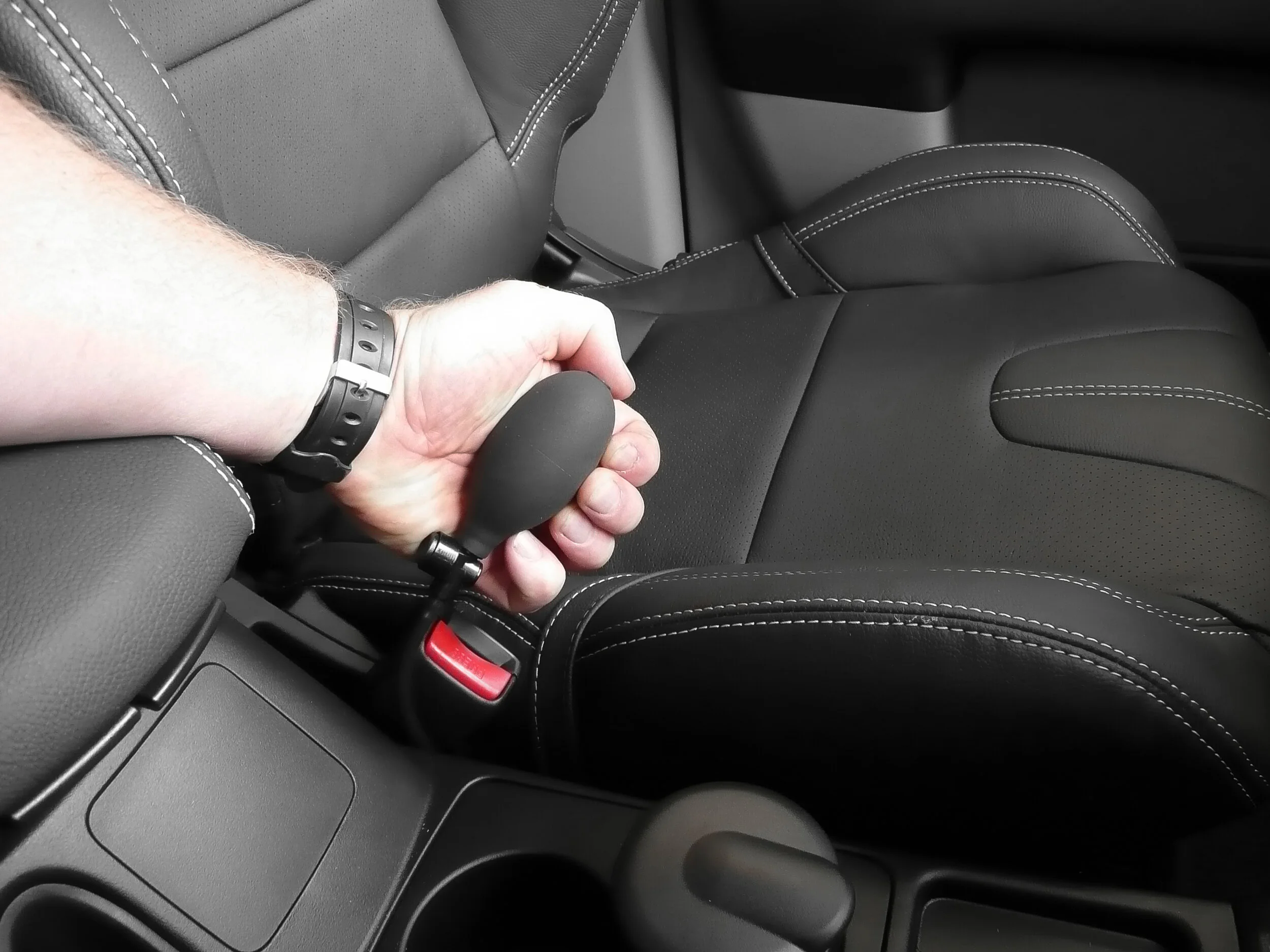For most of us in New Zealand, the car is a symbol of independence to fulfil the lifestyle of our choice. Back pain can cause this form of freedom to drive a few of us mad.
The ‘good old road trip’ can turn into an uncomfortable and unpleasant experience as we find ways to help and alleviate back aches.
Sitting in a car seat while not moving, is similar to sitting in a good quality armchair. However as soon as the vehicle starts to move everything changes. Accelerations, deacceleration and sideways forces come into play, along with up and down motions and vibrations that we don’t usually think about.
These forces are worse for the driver than the passengers, as they have more choice in shifting the body to brace and suit while moving. Drivers are subject to a range of combined other factors such as using their feet on the pedals. When your feet are active they cant support the body like you would when sitting in a normal chair.
Sitting in the same position in a car for long periods of time can trigger back pain. Those of us that commute daily to work can fall prey to this, especially if we spend a lot of time in front of computers during the day as well.
If your job involves driving for a living, then you are certainly more exposed to have upper, mid or lower back aches at some stage. Frequent ‘Whole Body Vibration’ – WBV, has been shown to increase the risk of Sciatica and lower back pain by almost double in a study in the International Archives of Occupational and Environmental Health
10 tips to reduce Back Pain while in the car
Make yourself comfortable before you start your journey.
Change the way you get in. Enter the vehicle by facing away from the car when sitting down, and swivel into position. Don’t just roll in and twist your back. To exit, swivel first and then stand up facing away again. For assistance use the door frame for support or install a strap with handle to the door frame.
Adjust your seat back and headrest with only a small recline. Most recommend a 100 degree angle. If you recline too far, this can cause tension in the neck and upper back as your head cannot rest comfortably against the headrest.
Move the seat forward or back to get close to steering wheel without being uncomfortable. This helps stop slouching and straining to reach pedals. If you slightly bend your knees higher than your hips, it can take the pressure off your lower back and hamstrings
Check your mirrors. This includes side mirrors and centre rear vision mirror. If you have to twist too far or slouch to see these are set up wrong. Usually you should only move your eyes to see out mirrors. This is more important in a Family vehicle or shared driver vehicles as the previous driver will have changed these.
Adjust your lumbar support to suit your body shape. With us all created differently and all seat shapes not created equal rolling up a towel can assist here but usually is too big and causes further issues. If your seat does not have an adjustable inflatable lumbar support these can be added as an after market part. Your hips, back and neck work like cogwheels, so by turning one part, the other parts will move as well.
Adjust steering wheel grip. New research shows hands should be at the 9 o’clock and 3 o’clock positions. The introduction of Airbags in new vehicles has changed the earlier advice of 10 o’clock and 2 o’clock for safety reasons. Most steering wheels have a height adjustable feature that helps us to rest our elbows on the door arm rest and centre console.
Heat your seat. Turn on your seat heaters as soon as possible. Heat can help to relax tight muscles and joints and reduces the pain signals sent to the brain. In turn this brings more blood to the area, increasing oxygen and nutrient flow while reducing inflammation. If your vehicle does not have Seat Heaters, these can be installed at your convenience.
Take regular breaks. Sitting in one position for extended periods will cause stiffness and in some cases cramps. Stop as often as you can on longer trips to get out, briefly walk around and stretch.
Participate in proactive healthcare. Years ago I had a small injury that caused back pain and popped up periodically over the last few years. More recently this has been kept under control by regular visits to Dr Kent Blackbourn of Papakura Chiropractic. Regular visits to a trained professional, supports the bodies ability to cope with stresses we place on it in today’s fast paced world and keeps our immune and nervous systems in better shape. Regular exercise also help for overall fitness and improve muscle strength.
Article by: Jim Stanners




